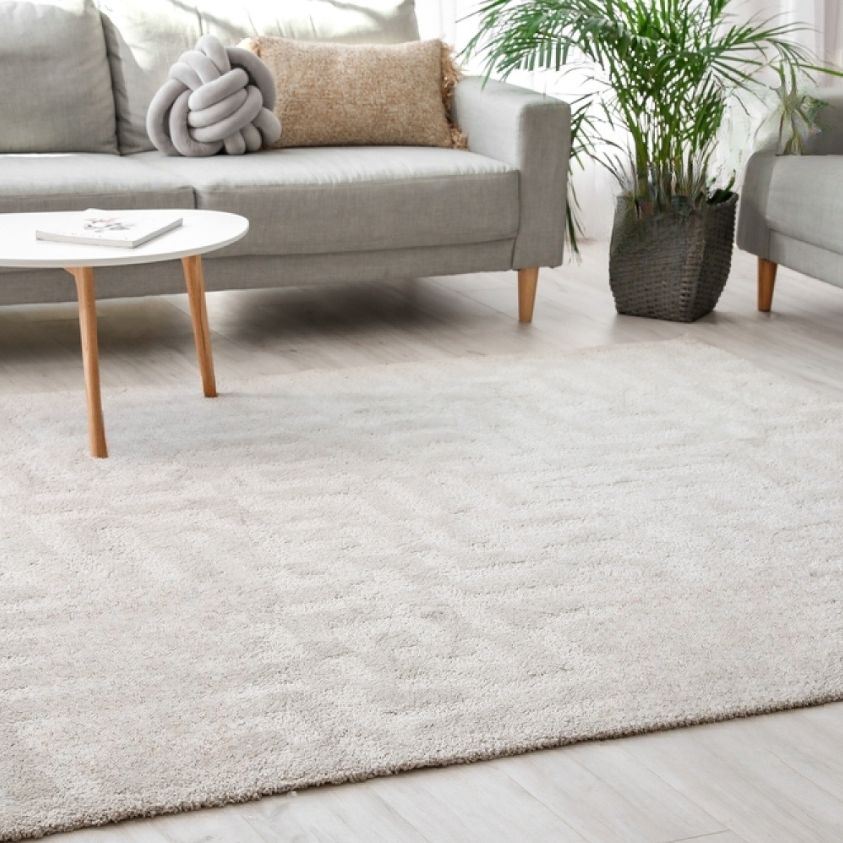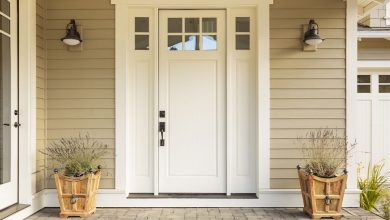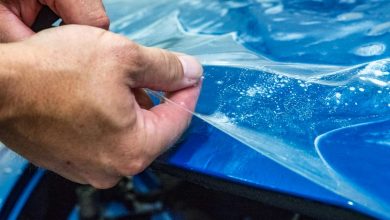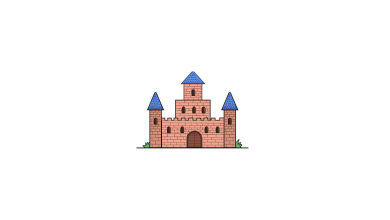
Integrating Artwork into Your Interior Design
Artwork plays a pivotal role in interior design, adding character, personality, and depth to your living spaces. In this blog, we’ll explore the art of seamlessly incorporating artwork into your interior design. Whether you’re a seasoned collector or just starting to appreciate the world of art, discover how to showcase your favorite pieces and elevate your home’s aesthetic.
1. Selecting Art That Speaks to You Learn how to choose artwork that resonates with your style and personality. Understand the significance of art in personalizing your space and setting the tone for the entire design.
2. Choosing the Right Placement Explore strategies for placing artwork effectively within your interiors. Discover how to balance composition, scale, and focal points to create visual harmony.
3. Creating Gallery Walls Unlock the secrets of gallery walls by arranging multiple pieces of art cohesively. Explore various gallery wall layouts and styles to suit your space, from eclectic to minimalist.
4. Framing and Matting Choices Delve into the world of framing and matting, and how these choices can enhance or complement the artwork. Learn about frame styles, materials, and conservation techniques.
5. Mixing Art Styles and Mediums Embrace the freedom of mixing different art styles, mediums, and eras within your design. Explore the dynamic synergy of blending traditional and contemporary pieces.
6. Sculptures and 3D Art Discover how to incorporate sculptures and 3D art into your interiors. Learn about placement, lighting, and the visual impact these pieces can bring.
7. Art as a Focal Point Explore the concept of using art as a focal point in your design. Understand how to draw attention to specific pieces and create stunning visual centerpieces.
8. Color Coordination Learn how to use the colors in your artwork to inspire your overall color scheme. Discover how to coordinate wall colors, furnishings, and decor with your art.
9. Lighting Artwork Understand the importance of proper lighting to showcase your art’s true beauty. Explore different lighting techniques, including track lighting, picture lights, and accent lighting.
10. DIY Art Projects Get creative with DIY art projects that allow you to express your artistic side. Explore ideas for creating your own custom artwork or repurposing existing pieces.
11. Art in Unconventional Spaces Consider incorporating art into unconventional spaces such as bathrooms, kitchens, and hallways. Learn how to make the most of these areas to infuse artistry into your daily life.
12. Curating Your Collection Whether you have a growing art collection or just a few cherished pieces, discover strategies for curating and displaying your art in a way that tells a compelling story.
Conclusion: Integrating artwork into your interior designing is a journey of self-expression and creativity. By understanding the principles of art placement, framing, and coordination, you can transform your living spaces into dynamic showcases that reflect your unique taste and sensibilities. Art becomes more than decoration; it becomes an integral part of the narrative your home tells.
FAQS
How can I choose artwork that complements my existing interior design style?
Answer: To select artwork that complements your style, consider the color palette, theme, and mood of your interior. Look for art that resonates with these elements while reflecting your personal taste. Mixing styles can also create an intriguing contrast, adding depth to your design.
What’s the best way to light artwork effectively within my interiors?
Proper lighting is crucial to showcase artwork. Use track lighting, picture lights, or adjustable spotlights to illuminate the art evenly. Avoid direct sunlight, as it can cause fading and damage. Experiment with lighting angles and intensity to enhance the art’s visual impact.
Can I create my own artwork to integrate into my interior design?
Absolutely! DIY art projects offer a unique and personal touch to your interiors. You can create custom pieces that match your style and color scheme. Experiment with various art mediums like painting, photography, or mixed media to express your creativity and personality in your design.




